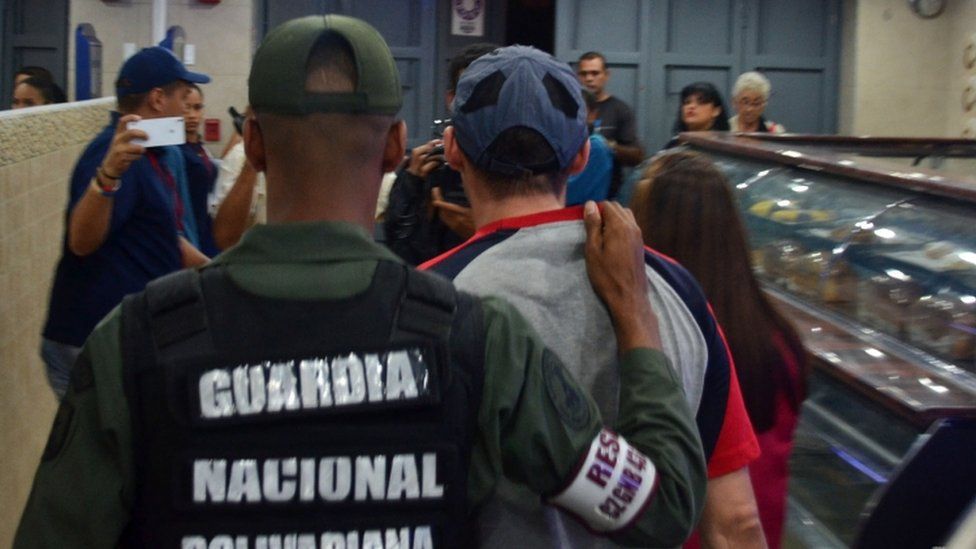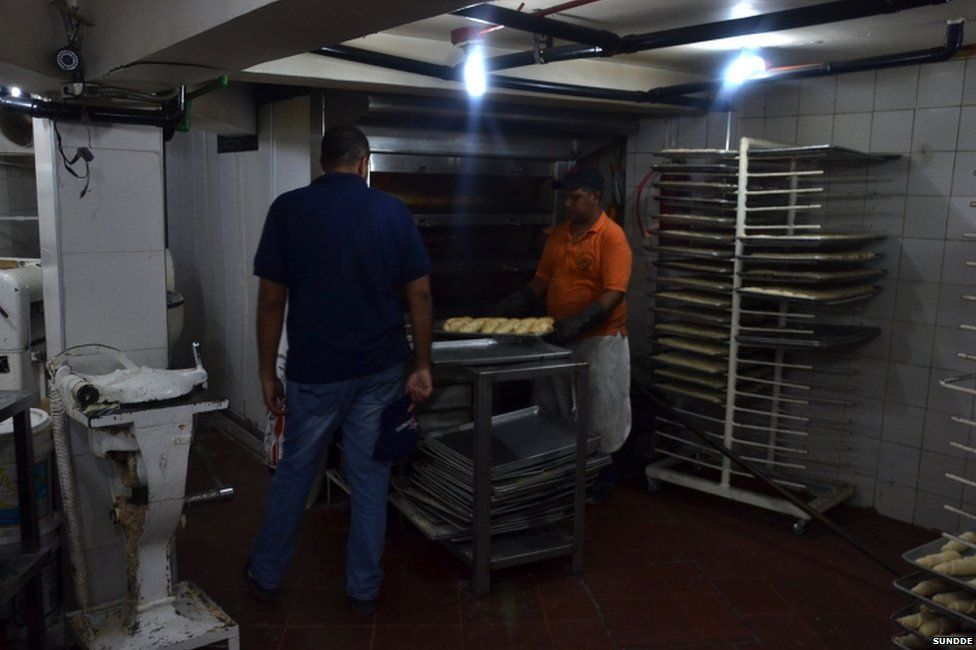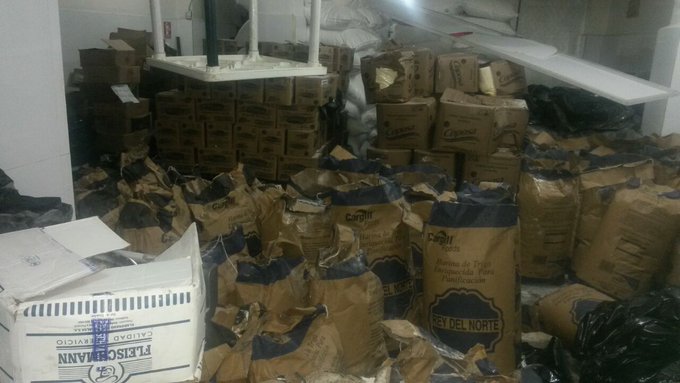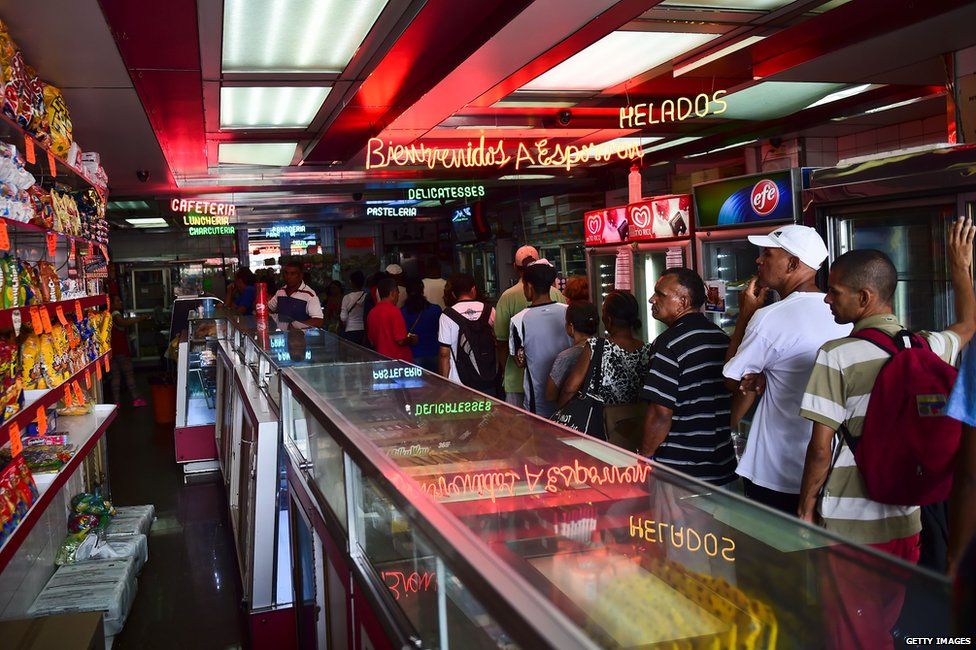Congress Moves to Strike Internet Privacy Rules From Obama Era
By CECILIA KANGMARCH 23, 2017

The Senate vote on Thursday foreshadowed a broader rollback of tech and telecom policies that have drawn the ire of conservatives and companies such as AT&T and Verizon. CreditTodd Heisler/The New York Times
WASHINGTON — Republican senators moved Thursday to dismantle landmark internet privacy protections for consumers in the first decisive strike against telecommunications and technology regulations created during the Obama administration, and a harbinger of further deregulation.
The measure passed in a 50-to-48 vote largely along party lines. The House is expected to mirror the Senate’s action next week, followed by a signature from President Trump.
The move means Verizon, Comcast or AT&T can continue tracking and sharing people’s browsing and app activity without permission, and it alarmed consumer advocates and Democratic lawmakers. They warned that broadband providers have the widest look into Americans’ online habits, and that without the rules, the companies would have more power to collect data on people and sell sensitive information.
“These were the strongest online privacy rules to date, and this vote is a huge step backwards in consumer protection writ large,” said Dallas Harris, a policy fellow for the consumer group Public Knowledge. “The rules asked that when things were sensitive, an internet service provider asked permission first before collecting. That’s not a lot to ask.”
How did this slip by us? I can't keep up with all of the rights I am losing day by day. While I hope this will soon be at the Supreme...
JG 1 hour ago
Internet privacy, that's an oxymoron. If you want privacy, keep all info on a separate computer that is not connected to the Internet. If...
jkw 1 hour ago
This is bad, but what are Verizon etc. going to do with the data. Try to sell us things they think we'll like?It's much more worrying that...
The privacy rules were created in October by the Federal Communications Commission, and the brisk action of Congressional Republicans, just two months into Mr. Trump’s administration, foreshadowed a broader rollback of tech and telecom policies that have drawn the ire of conservative lawmakers and companies like AT&T, Verizon and Charter.
Republican lawmakers and the new chairman of the F.C.C., Ajit Pai, have said the privacy rules were onerous and unfairly strapped regulations on telecom carriers, but not on web companies such as Facebook and Google that also provide access to online content.
“It is unnecessary, confusing and adds another innovation-stifling regulation,” Senator Jeff Flake, Republican of Arizona, said this month when he introduced the resolution to overturn the rules using the Congressional Review Act procedure that lets Congress overrule new agency regulations.
The Senate’s vote was a victory for giant telecommunications and cable companies. The F.C.C. chairman under the Obama administration, Tom Wheeler, had declared that broadband would be regulated more heavily, by categorizing the service in the same regulatory bucket as telephone services, which are viewed as utilities.
That move acknowledged the importance of the internet for communications, education, work and commerce and the need to protect online users, Mr. Wheeler had said.
Under the internet privacy rules that Mr. Wheeler passed, apart from broadband providers having to ask permission to track browsing and other online activities of a user, the companies were also required to use “reasonable measures” to secure consumer data against hackers. The privacy rules were scheduled to go into effect at the end of this year
Broadband providers had balked and ramped up lobbying against the rules. Comcast and other broadband providers created the lobbying group 21st Century Privacy Coalition, led by a former Federal Trade Commission chairman, Jon Leibowitz, to defeat the broadband privacy rules.
“We appreciate today’s Senate action to repeal unwarranted F.C.C. rules that deny consumers consistent privacy protection online and violate competitive neutrality,” the cable industry lobby group, NCTA-The Internet & Television Association, said in a statement on Thursday.
With Republicans now in charge across the government, AT&T and Comcast are also poised to benefit from further deregulation. Since the presidential election, the companies have pushed the new Republican-led F.C.C., lawmakers and the White House to roll back net neutrality, the requirement that broadband providers give equal access to all content on the internet, saying the rules hamper their ability to invest in new networks and jobs.
The F.C.C. chairman, Mr. Pai, has also talked with Republican allies in Congress about privacy and broadband classification. Mr. Pai has already chipped away at more than a dozen regulations, including aspects of net neutrality and the program, known as Lifeline, that provides subsidies for broadband users in low-income households.
Consumer groups warned that internet users would suffer from the changes. The Federal Trade Commission, the consumer protection agency, is barred from overseeing broadband providers, so without the F.C.C. privacy rules, the federal government will be a weaker watchdog over internet privacy, supporters of the regulations said.
“Senate Republicans just made it easier for Americans’ sensitive information about their health, finances and families to be used, shared and sold to the highest bidder without their permission,” said Senator Edward J. Markey, Democrat of Massachusetts.
Democrats had taken to the Senate floor on Wednesday and Thursday to warn that without the rules, broadband providers will now have free range to peer into their customers’ lives. A company like AT&T or Sprint can tell the time people wake up by when they check the clock on their phone, or see where users go to lunch or whom they visit. By tracking a user’s browsing of medical websites, a carrier can also determine if that person might have an illness.
The Senate’s action also signaled a philosophical shift on tech regulation. Lawmakers and Mr. Pai have said regulations should be created only when there is proof of harmful activity. They also argue that the telecom industry competes with internet firms such as Facebook and Google for access to online content, so any rules should also include those companies. Republicans have said the F.T.C. should be the watchdog for all online privacy.360COMMENTS
But Democratic regulators have said the key difference is that consumers do not have many choices for broadband access, which makes them vulnerable to data collection by internet service providers.
“Subscribers have little or no competitive choice as to which provider to use,” said Terrell McSweeny, a Democratic commissioner of the F.T.C. Yet broadband providers “know our identities, and their position gives them the technical capacity to surveil users in ways that others cannot.”


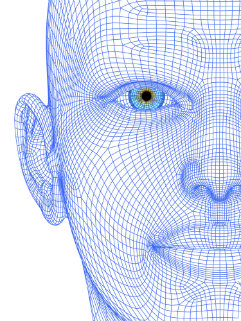

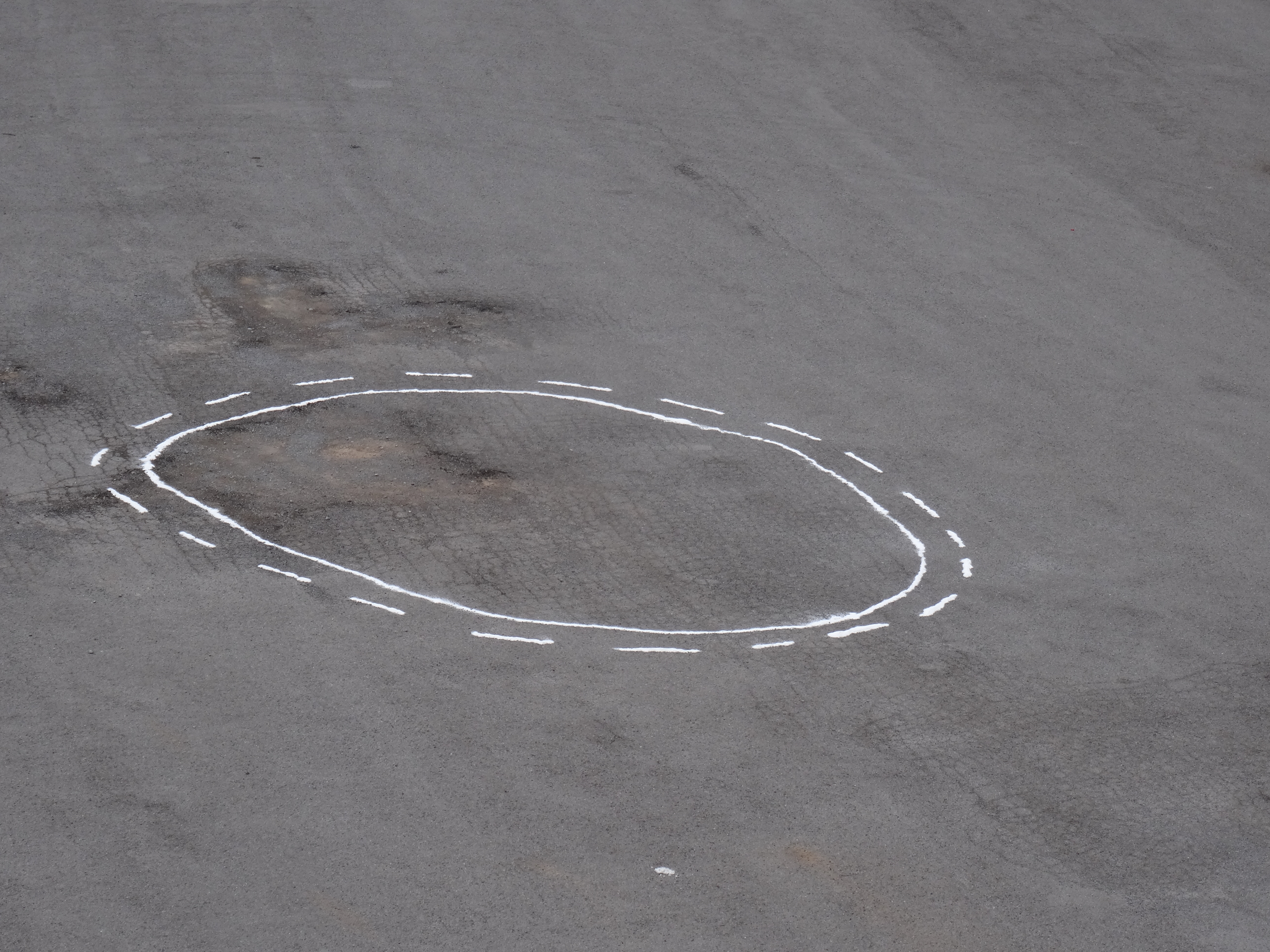
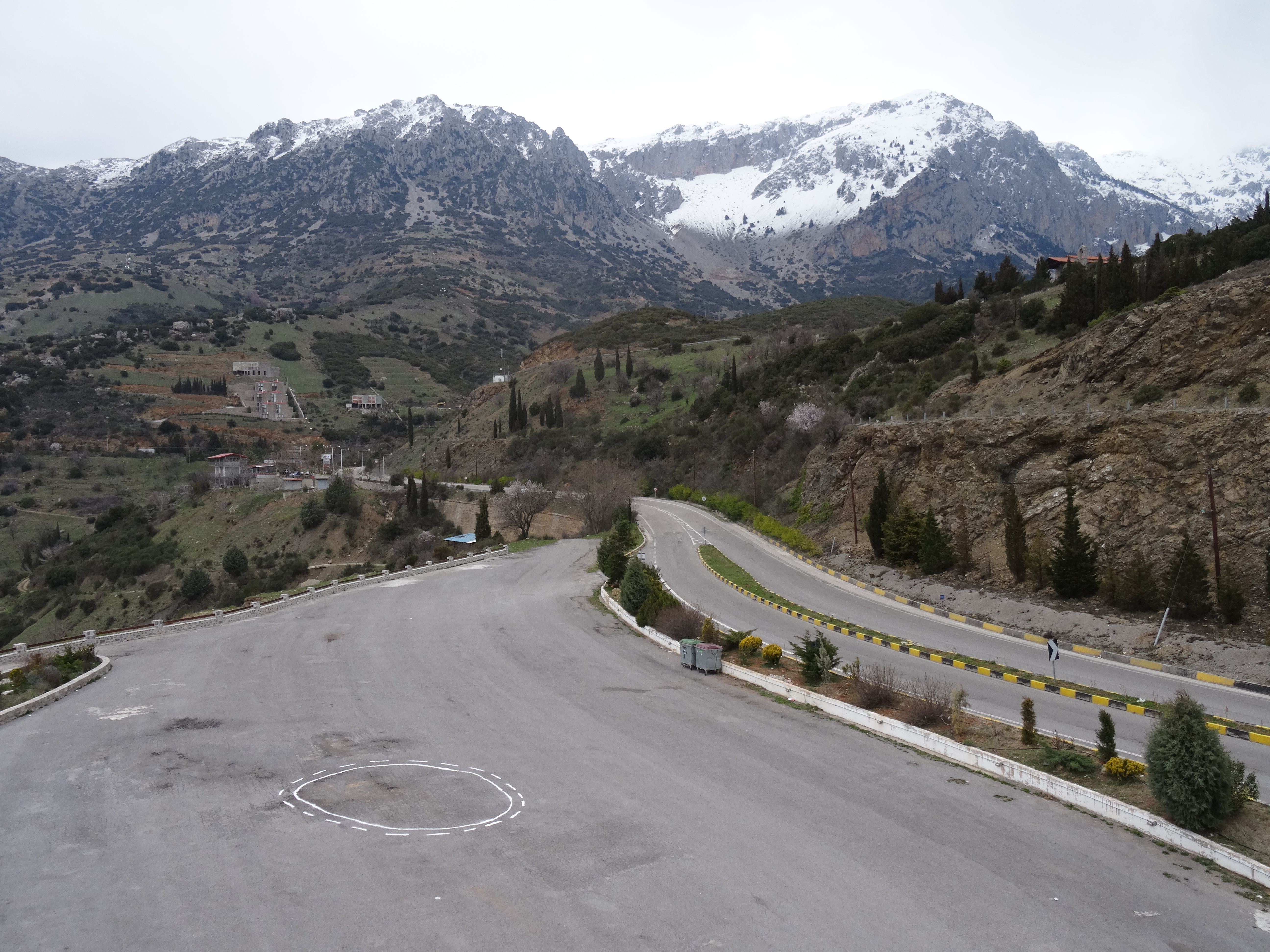
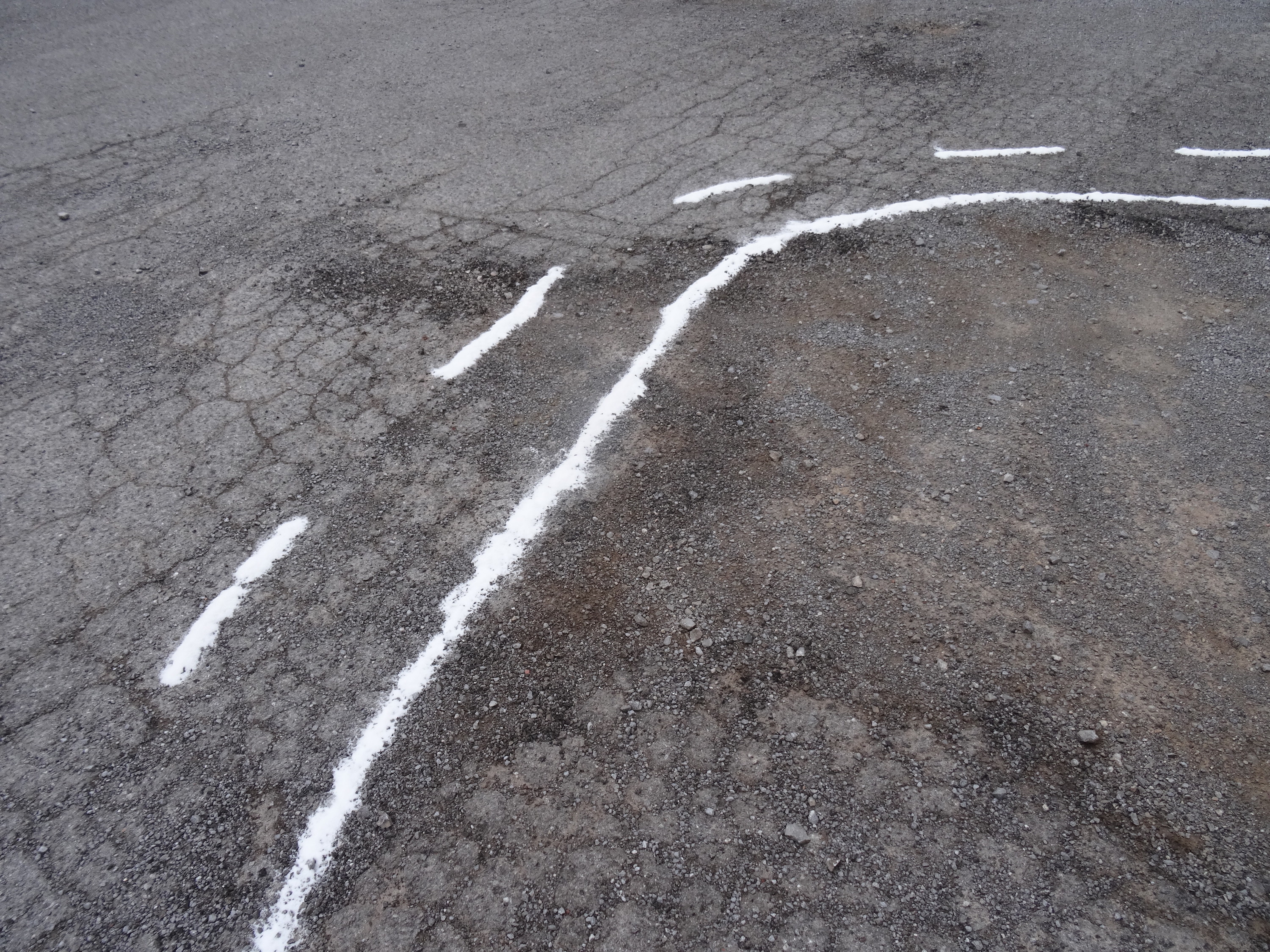
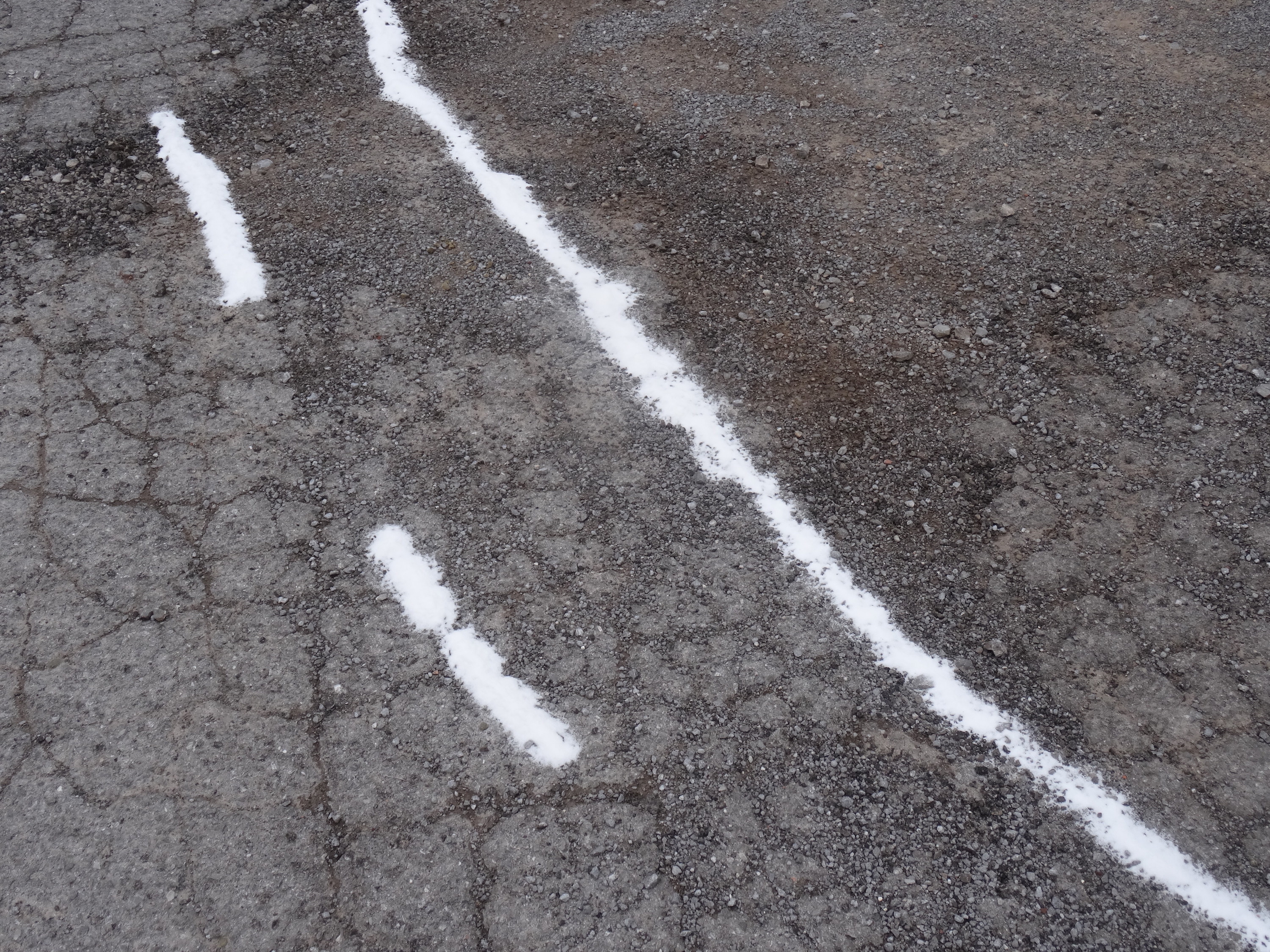
 Paul Gann, left, and Howard Jarvis hold up their hands as their co-authored initiative Proposition 13 takes a commanding lead in the California primary, in Los Angeles, June 7, 1978.AP PHOTO
Paul Gann, left, and Howard Jarvis hold up their hands as their co-authored initiative Proposition 13 takes a commanding lead in the California primary, in Los Angeles, June 7, 1978.AP PHOTO





